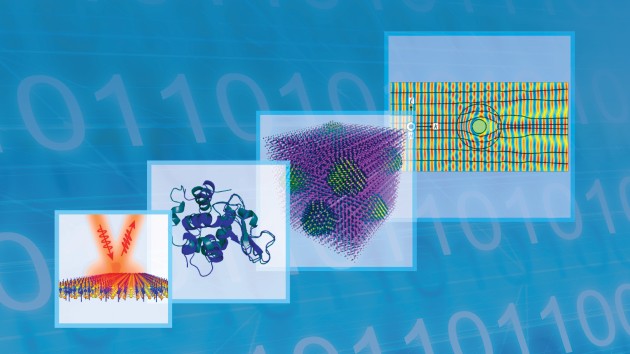
March issue live
Read about non-fullerene acceptors for solar cells, DNA nanostar networks, and magnetic surface excitons. We also feature a Review on cavity-enhanced energy transport in molecular systems

Read about non-fullerene acceptors for solar cells, DNA nanostar networks, and magnetic surface excitons. We also feature a Review on cavity-enhanced energy transport in molecular systems


Two-dimensional-materials-based gate-all-around field-effect transistors are demonstrated at the wafer scale using the high-mobility two-dimensional semiconductor Bi2O2Se and its native oxide dielectric Bi2SeO5, enabling promising performance and energy efficiency for monolithic three-dimensional integrated circuits beyond silicon.
